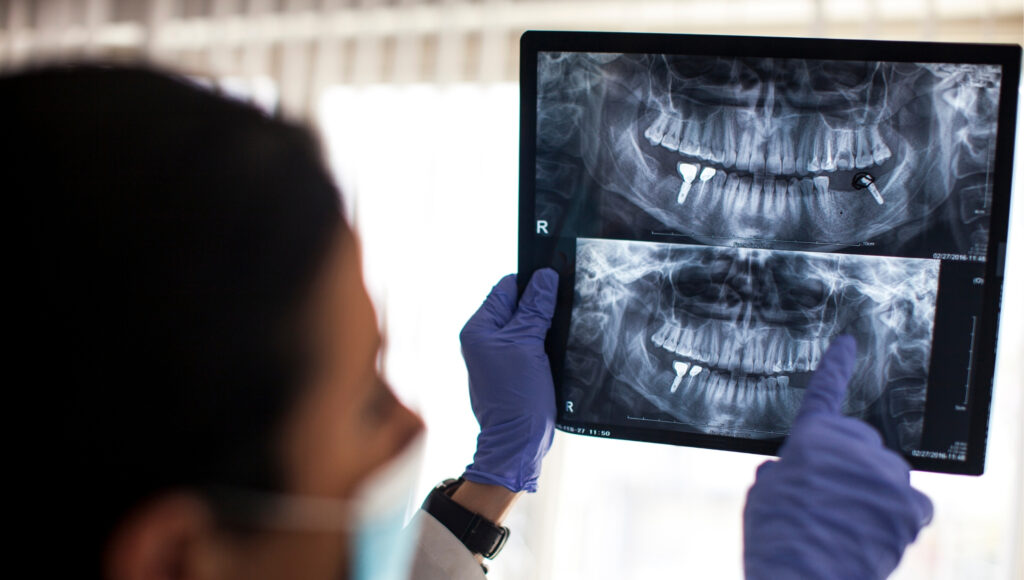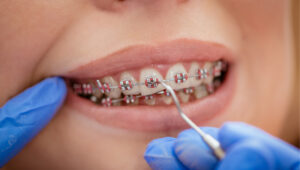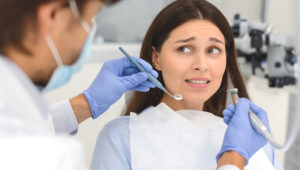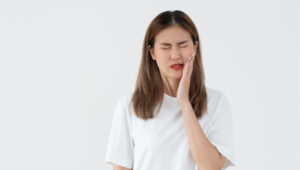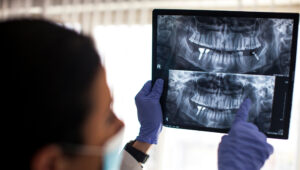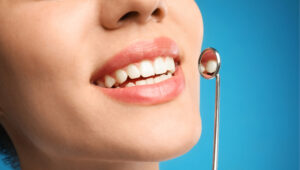Causes and Types of Dental Trauma
Dental trauma often occurs due to sudden and unexpected events. Children may experience dental injuries while playing, teenagers during sports activities, and adults in situations like work accidents or traffic incidents. Dental trauma can take various forms, including:
- Tooth Fractures: The breaking of a part of the tooth.
- Tooth Avulsion: The complete dislodging of a tooth.
- Tooth Displacement: The tooth shifting from its normal position.
- Soft Tissue Injuries: Cuts and wounds to the lips, tongue, or gums.
First Aid for Dental Trauma
When dental trauma occurs, prompt intervention increases the chance of saving the tooth. Some emergency measures include:
In Case of Tooth Fracture:
- Find the broken part of the tooth and store it in a clean container.
- If there is bleeding in the mouth, stop the bleeding using a gauze pad or clean cloth.
- Apply a cold compress to reduce swelling.
- Take the broken part and visit a dentist as soon as possible.
In Case of Tooth Avulsion (Tooth Falling Out):
- Handle the tooth by the crown (the visible part), not by the root.
- Rinse the tooth under cold water, but do not scrub it.
- If possible, place the tooth back into its socket. If this is not possible, store it in milk (up to 6 hours) or saliva (up to 2 hours).
- Visit a dentist immediately. If the tooth is replanted within 30 minutes, the chances of saving it are significantly higher.
In Case of Tooth Displacement:
- If you notice that the tooth has moved or shifted, avoid applying pressure to it.
- Use a cold compress to reduce pain and swelling before visiting a dentist.
In Case of Soft Tissue Injury:
- Gently wash the injured area with water.
- Use a clean cloth or gauze to stop the bleeding.
- Apply a cold compress to reduce swelling.
- Visit a dentist as soon as possible.
Preventing Dental Trauma
While it is not always possible to prevent dental trauma, some precautions can help reduce the risk:
- Wear Protective Gear During Sports: Mouthguards and helmets can prevent injuries to the teeth and jaw during sports activities.
- Home Safety Measures: Implementing safety measures at home for children can reduce the risk of falls and accidents.
- Regular Dental Check-ups: Visiting a dentist regularly helps maintain the health of your teeth and gums and can minimize the impact of trauma.
The Importance of Visiting a Dentist
It is crucial to visit a dentist as soon as possible after experiencing dental trauma. The dentist can help reduce the effects of the injury and restore the tooth’s functionality based on the type of trauma.
Conclusion
Dental trauma can occur due to sudden and unexpected conditions, requiring quick intervention. The chances of saving a tooth depend on the proper response to fractures, avulsion, or displacement. It is important to be informed about dental trauma and take the appropriate measures when necessary. Remember to wear protective gear during sports and visit your dentist regularly to safeguard your teeth.

